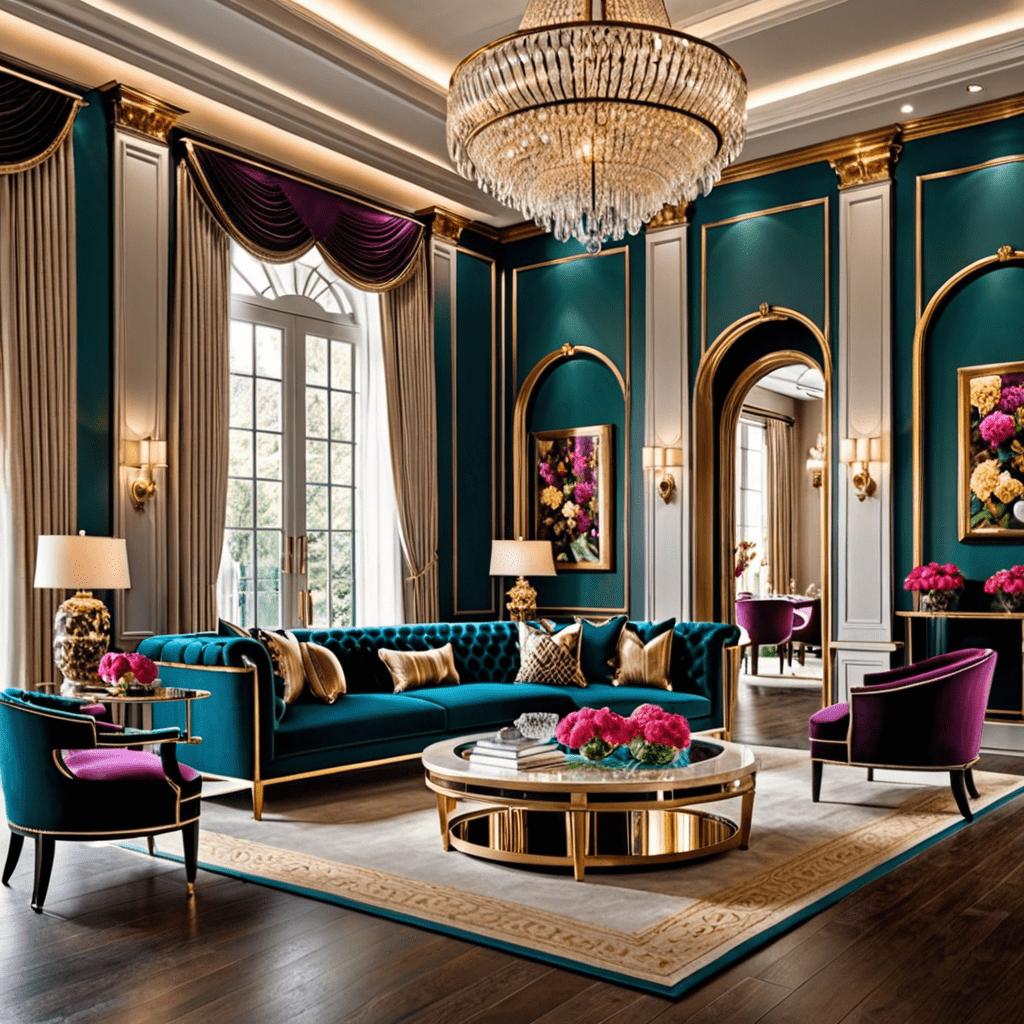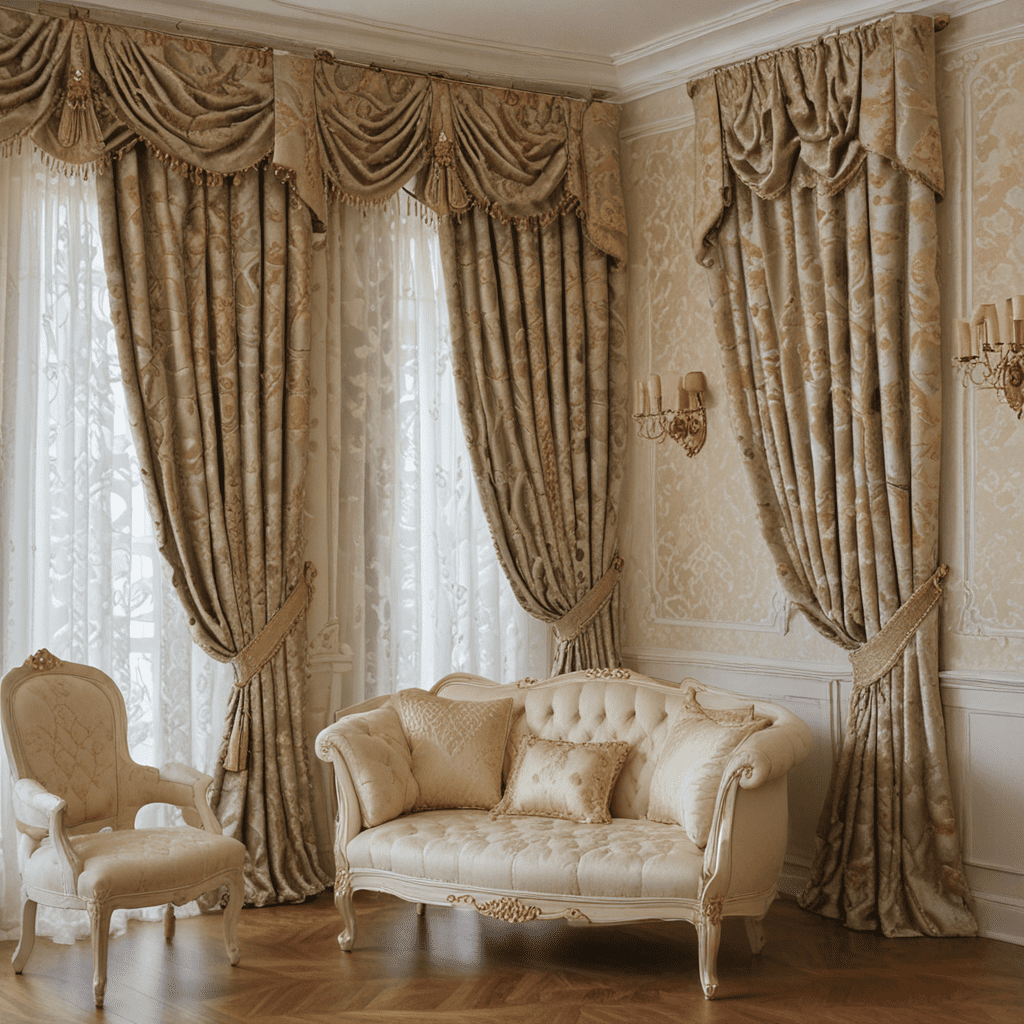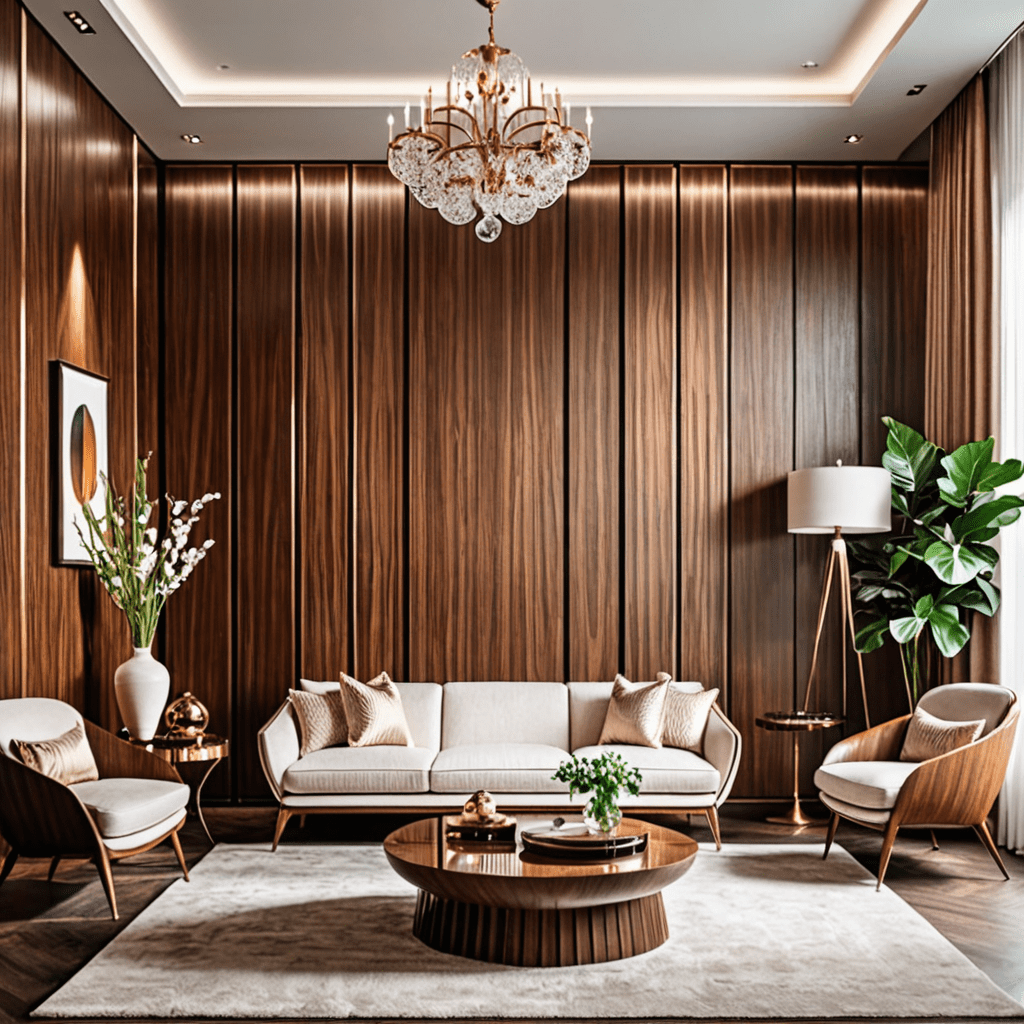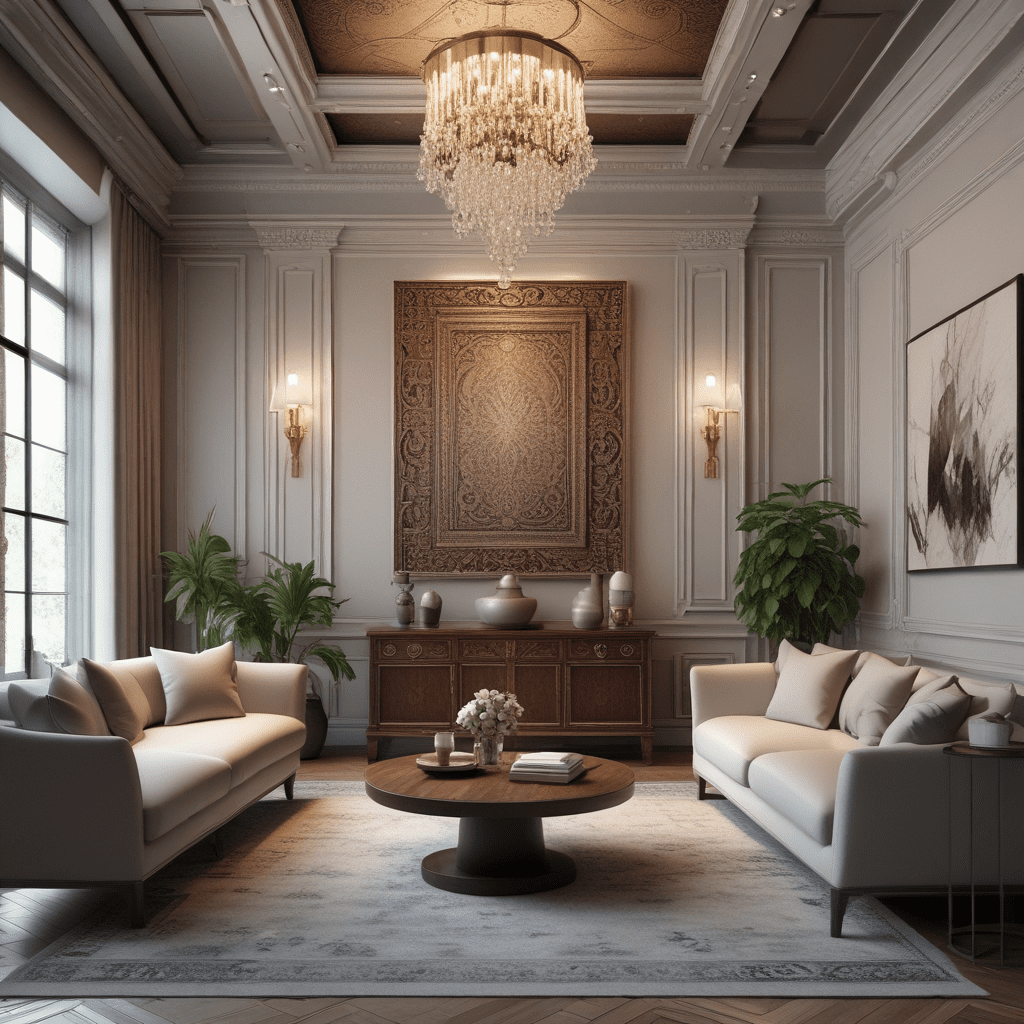How to Incorporate Biophilic Design Elements Into Your Home
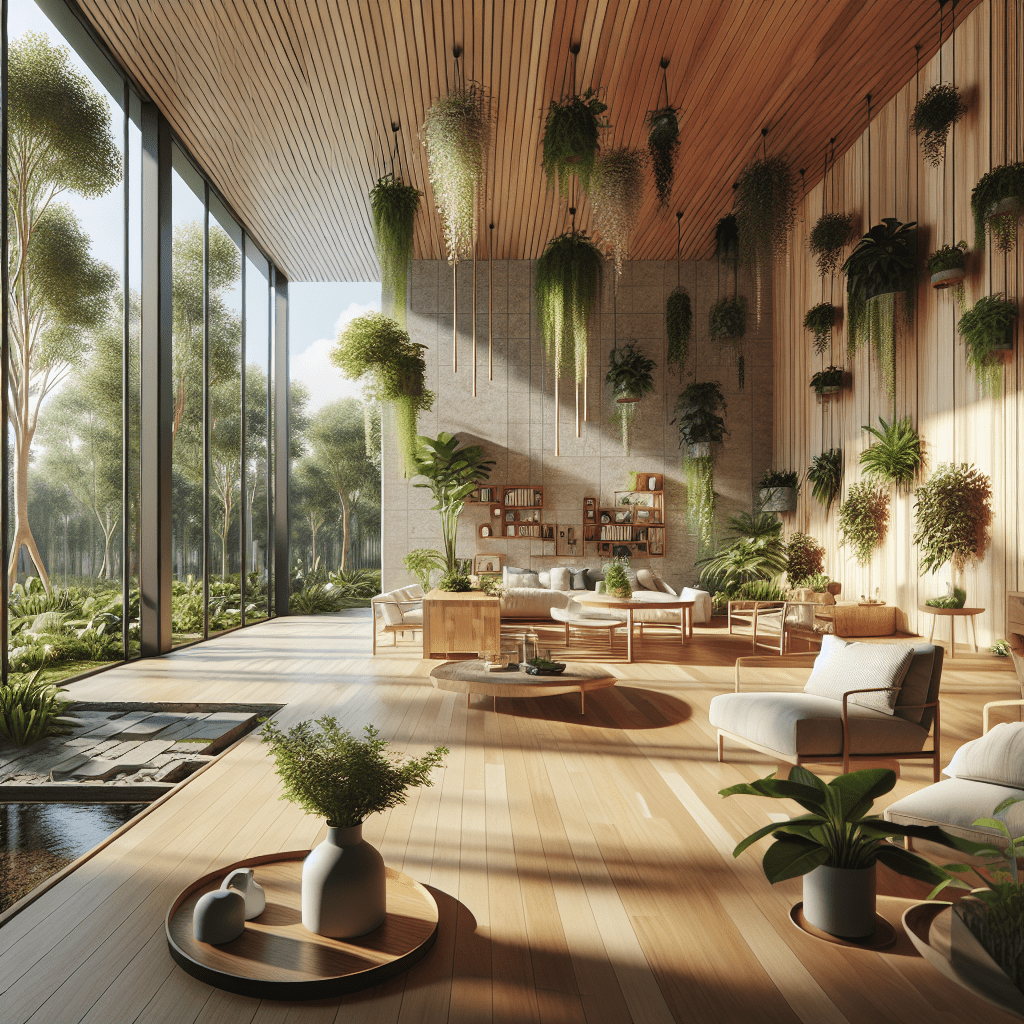

How to Incorporate Biophilic Design Elements into Your Home
Introduction
Welcome to the world where nature intertwines with decor, where the rustle of leaves and the serenity of the outdoors merge effortlessly into your living space. Biophilic design elements have swiftly become more than just a trend—they represent a profound connection between our environments and our well-being. The essence of biophilic design is about breathing life into space by infusing it with natural elements that stimulate our senses, foster tranquility, and promote health. It’s about crafting spaces that resonate with our innate love for nature and creating havens that not only look good but also nurture our soul.
The Cornerstones of Biophilic Design
Transforming your home with biophilic design elements isn’t just about adding a potted plant here or a floral wallpaper there. It’s about embracing a philosophy that emphasizes the relationship between nature, human biology, and the design of the built environment. Let’s delve into the essential components of biophilic design.
- Direct Nature Integration: Incorporating living elements such as plants, water features, or natural light to establish a direct connection with nature.
Indirect Nature Representation: Using natural materials, colors, shapes, and patterns that mimic the outdoors to evoke the essence of nature.
Spatial Configurations: Crafting spaces that enable expansive views, provide shelter, and facilitate an innate curiosity and exploration similar to experiences in the natural world.
Place-Based Relationships: Incorporating elements that reflect the local environment or cultural history to create a unique and meaningful connection to the place.
Practical Strategies for Biophilic Design
To help you navigate the art of biophilic design, here are expert tips to transform your home into an eco-friendly sanctuary:
- Choose Nature-Inspired Palettes
- Select paints, finishes, and fabrics that echo the tones found in nature for a calming effect that also promotes a sense of continuity between indoor and outdoor.
- Incorporate Natural Textures and Materials
- Use wood, stone, bamboo, and other natural materials to infuse warmth and authenticity, complementing modern or traditional interiors alike.
- Maximize Natural Light and Ventilation
- Allow for ample sunlight with large windows or skylights and facilitate air flow to recreate the freshness of the outdoors and improve air quality.
- Layer in Plant Life
- Scatter a variety of indoor plants throughout your space to purify the air, reduce stress, and enhance cognitive function.
- Invite the Outdoors In with Artwork
- Choose art that depicts natural landscapes or abstract interpretations of nature to foster an emotional and subconscious connection with the environment.
- Design with Shapes and Patterns Found in Nature
- Embrace organic and flowing lines that remind us of bodies of water, stones, leaves, and trees to celebrate the imperfect perfection of nature.
- Establish Transitional Spaces
- Create areas such as sunrooms, covered patios, or indoor gardens that blend the boundaries between indoors and outdoors.
FAQ about Biophilic Design Elements
Question 1: What are the benefits of incorporating biophilic design into my home?
– Answer: Biophilic design has been linked to numerous health benefits, including reduced stress, improved mood, enhanced creativity and productivity, as well as better physical well-being. By incorporating natural elements into your space, you’re not only creating an aesthetically pleasing environment but also one that has tangible positive effects on your everyday life.
Question 2: Can biophilic design be applied in spaces without much natural light?
– Answer: Absolutely. Biophilic design is adaptable and can be implemented even in spaces with limited access to natural light. Using full-spectrum LED lighting that mimics natural sunlight, incorporating reflective surfaces to bounce light around the room, or selecting plants that thrive in low-light conditions can all help achieve a biophilic effect.
Question 3: How can I integrate biophilic elements into a small space or apartment?
– Answer: Small spaces can benefit significantly from biophilic design. Vertical gardens, hanging plants, or small water features can add a natural touch without occupying valuable floor space. Mirrors can also be strategically placed to reflect natural light and views of nature.
Question 4: Are there any specific plant species that are particularly beneficial for biophilic design?
– Answer: While all plants can contribute to the biophilic ethos, some are particularly well-suited due to their air-purifying qualities or low maintenance. Examples include snake plants, spider plants, pothos, and various species of ferns. Choose plants based on your space’s light and humidity conditions, as well as your capacity to care for them.
Question 5: How do I maintain the balance between biophilic design and modern technology in my home?
– Answer: The key is harmony. Modern technology and biophilic design can coexist by using technology thoughtfully and discreetly. For example, opt for smart home systems that can regulate natural light or create an ambience with sounds or visuals that mimic nature. In your workspace, consider a standing desk made of natural wood and ergonomic chairs with organic shapes or textures.
Incorporating biophilic design elements into your home extends beyond a mere trend—it’s a commitment to a lifestyle that celebrates the beauty and restorative power of nature. As we navigate the digital age, it’s more important than ever to reclaim our spaces as sanctuaries that nourish our well-being and connect us to the earth. Whether through the strategic placement of greenery, the use of natural materials, or the artful integration of light and space, biophilic design elements beckon us to embrace the nature around and within us, transforming our homes into extensions of the natural world.
